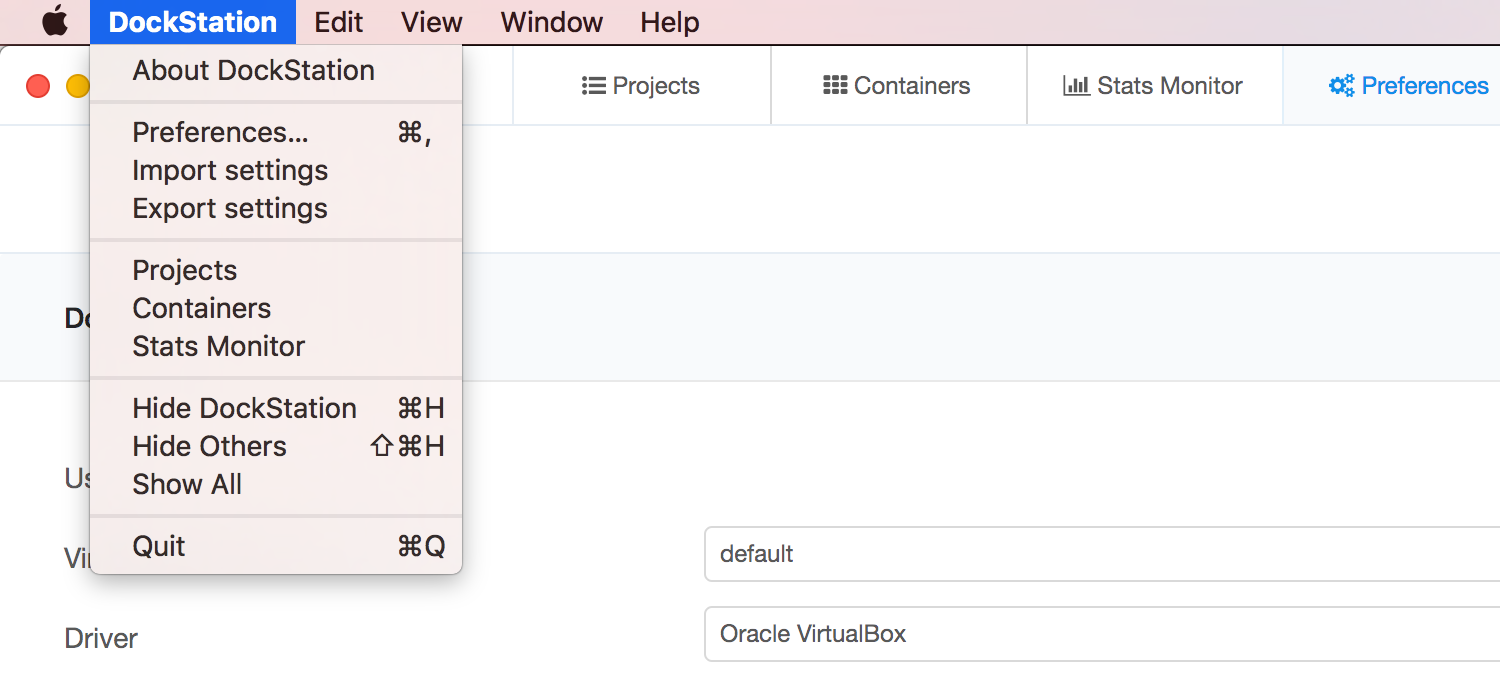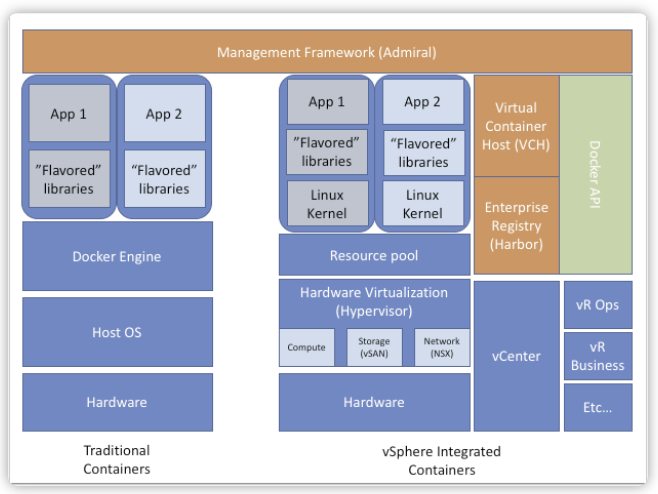
- #DOCKSTATION VMWARE VIC UPDATE#
- #DOCKSTATION VMWARE VIC UPGRADE#
- #DOCKSTATION VMWARE VIC FULL#
- #DOCKSTATION VMWARE VIC WINDOWS#
public-network "VM Network" -bridge-network BridgeDPG -bridge-network-range "192.168.100.0/16" \ user -password "xxx" -no-tlsverify -name corVCH01 \ Let’s move it before some of the other arguments in the command: C:\Users\chogan\Downloads\vic>vic-machine-windows.exe create -target \ It seems that the TLS part of the command should be one of the first options specified in the command line. Unfortunately, it seems it doesn’t like the TLS part of the command. dns-server 10.27.51.252 -tls-cname=*. -no-tlsverify -compute-resource Cluster \ public-network "VM Network" -bridge-network BridgeDPG -bridge-network-range "192.168.100/16" \ There are a lot of options included in this command since we are providing not only VCH details, but also network details for the “containers as VMs” that we will deploy later on: C:\Users\chogan\Downloads\vic>vic-machine-windows.exe create -target \ Now the command is working, but I don’t have any existing VCHs.
#DOCKSTATION VMWARE VIC UPGRADE#
I need to include the thumbprint of the vCenter server in the command: C:\Users\chogan\Downloads\vic>vic-machine-windows.exe ls -target \ĤB:A0:D1:84:92:DD:BD:38:07:E3:38:01:4B:0C:F1:14:E7:5D:5B:00 12:39:37.898+01:00 INFO # Listing VCHs # 12:39:38.109+01:00 INFO Validating target ID PATH NAME VERSION UPGRADE STATUS Lets see if I can at least validate against my vSphere environment by trying to list any existing VCHs: C:\Users\chogan\Downloads\vic>vic-machine-windows.exe ls -target \ GLOBAL OPTIONS: -help, -h show help -version, -v print the version
#DOCKSTATION VMWARE VIC UPDATE#
USAGE: vic-machine-windows.exe command ĬOMMANDS: create Deploy VCH delete Delete VCH and associated resources ls List VCHs inspect Inspect VCH upgrade Upgrade VCH to latest version version Show VIC version information debug Debug VCH update Modify configuration help, h Shows a list of commands or help for one command NAME: vic-machine-windows.exe - Create and manage Virtual Container Hosts C:\Users\chogan\Downloads\vic>vic-machine-windows.exe -h Here is the help output to get us started.
#DOCKSTATION VMWARE VIC WINDOWS#
If you want to see the steps involved in getting a Windows environment ready for VIC, check out this post here from Cody over at the humble lab. I have gone with deploying the VCH from a Windows environment using vic-machine. Once deployed, you can point a web browser at the OVA and pull down the vic-machine components directly to deploy the VCH(s). Now onto deploying my VCH with VIC v1.1.įirst things first – VIC now comes as an OVA.

#DOCKSTATION VMWARE VIC FULL#
There are still some limitations to using instant clone, and the VIC team decided not to pursue this option just yet, as they wished to leverage the full set of vSphere core features.

VIC v1.1 is not using VM fork/instant clone. Before diving into that however, I do want to clarify one point that comes up quite a bit.

Once the VCH is deployed, at that point you have the docker API endpoint to start deploying your “containers as VMs”.

What I’ve decided to do in the post is highlight some of the new command line options that are necessary to deploy the VCH, the Virtual Container Host. While I’ve done quite a bit of work with VIC in the past, a number of things have changed, especially in the command line. I got an opportunity recently to give it a whirl. VMware recently release vSphere Integrated Containers v1.1.


 0 kommentar(er)
0 kommentar(er)
